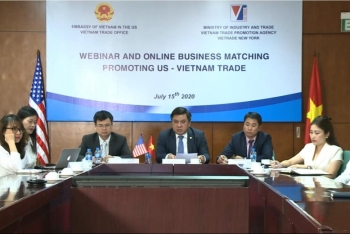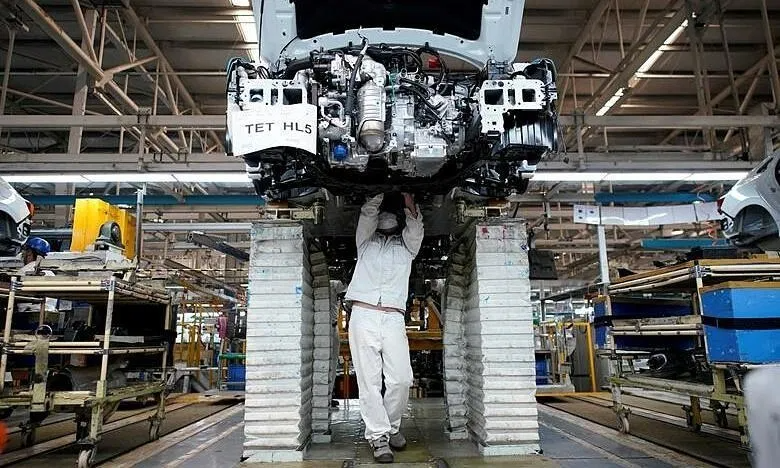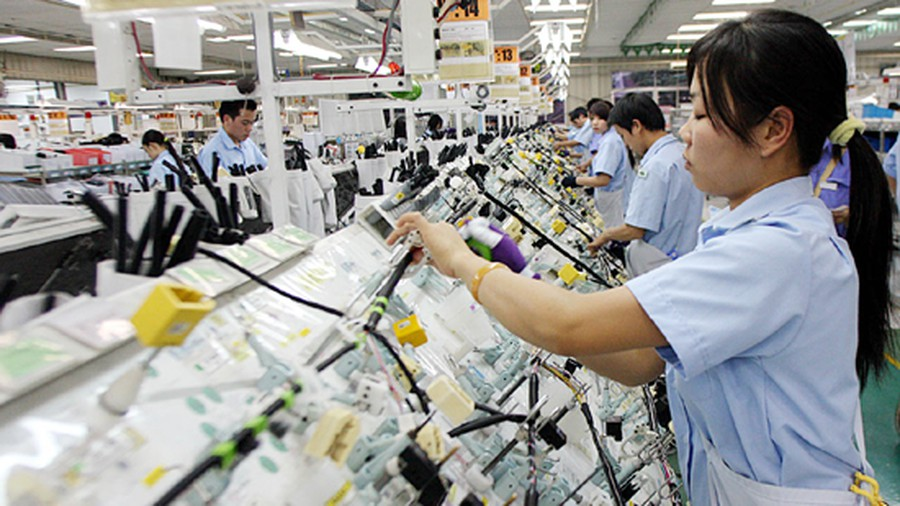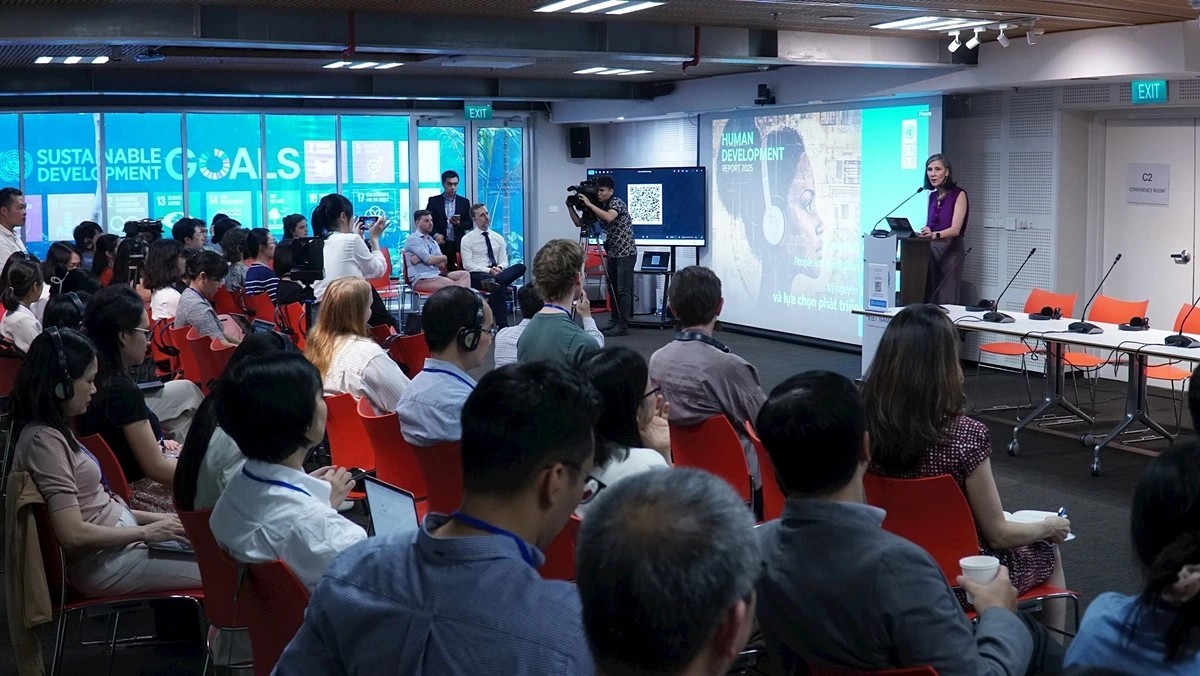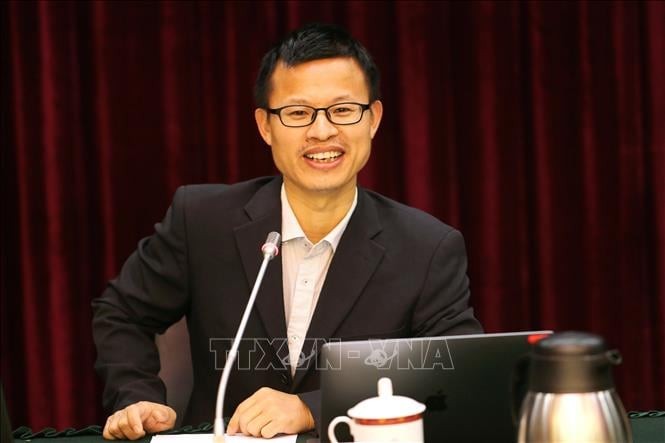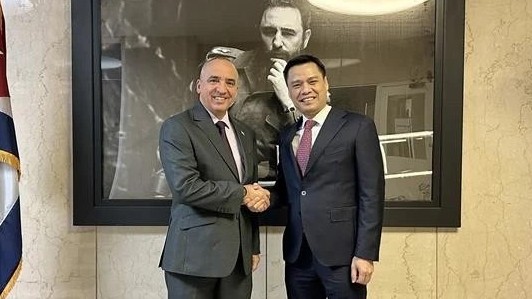Many countries shocked as 15 Japanese enterprises to shift manufacturing from China to Vietnam
He confirmed that 15 out of 30 Japanese enterprises provided funds to diversify supply chains to ASEAN chose Vietnam as an investment destination.
Mr. Takeo Nakajima said that Vietnam receives a lot of attention. As these figures are officially published, it will certainly surprise neighboring countries.
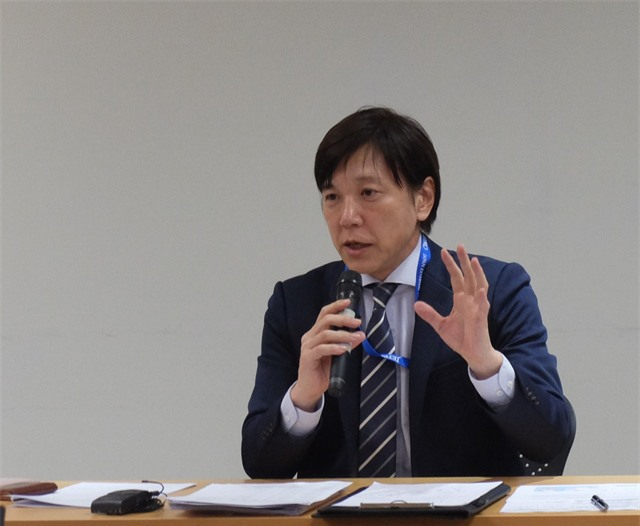 |
| Mr. Takeo Nakajima, Chief Representative of JETRO Hanoi Photo: VTV |
He also said that Japanese enterprises would diversify their supply chains but that would not mean they completely move their production from one country to another. There are many reasons why a number of companies producing face masks, medical equipment, and protective clothing choose Vietnam as an investment destination. Firstly, there are numerous capable and reputable textile and garment enterprises in Vietnam. Moreover, Vietnam has a large number of workers knowing Japanese which is a distinct advantage compared to other countries in the region, he explained.
The Chief Representative of JETRO Hanoi stressed that it was the enthusiasm of the Vietnamese Government in attracting investment from Japan was a pivotal factor making shortcomings like inconsistency, non-transparence, and corruption no longer ominous.
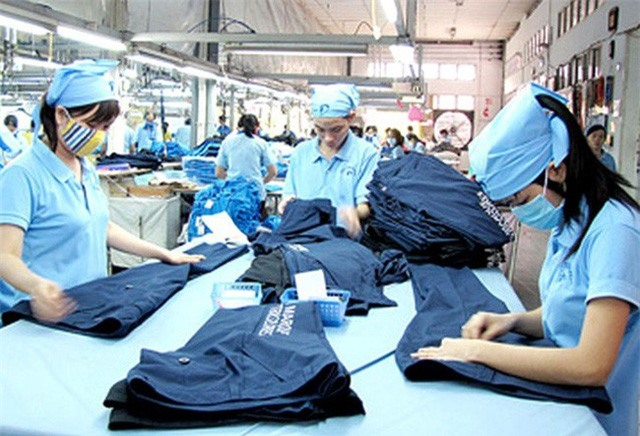 |
| Vietnam has the advantage of low-cost labor Illustrative photo: VTV |
Compared with other ASEAN countries such as Malaysia, Singapore, Thailand, Vietnam has the advantage of low-cost labor. Nevertheless, it has increased year by year; therefore, it is necessary for Vietnam to create itself other advantages.
He also suggested Vietnam should soon enhance localization rate and supporting industries in the context of FDI “race” in Southeast Asia is extremely ebullient. Although Vietnam has a population of 100 million, Japan is concerned about the shortage of human resources.
In addition, the travel restriction between the two countries is also regarded as a barrier. That commercial flights have not resumed would partly affect the investment process, especially when most out of 15 enterprises choosing Vietnam have started to carry out their plans to diversify supply chains.
In Southeast Asia, the competition for attracting FDI is very fierce. "It is also a challenge for Vietnam because other countries will strive to improve the business environment”, said Mr. Takeo Nakajima.
When China, the world's factory had to close due to the COVID-19 pandemic, Japan and many other countries recognized weaknesses of the fact that the supply chain depends on a country. Therefore, after the crisis of lack of face masks, hand sanitizer, and protective equipment, the Japanese Government for the first time encouraged enterprises to diversify their supply chains in order to reduce economic reliance on China.
| Japan External Trade Organization (JETRO) has released a list of 30 Japanese firms out of 100 companies registering for the diversify supply chains scheme that will be provided funds to shift their manufacturing from China to some Southeast Asian countries including Vietnam, Philippines, Malaysia, Thailand, and Laos. According to Jetro’s announcement, the fund ranges from 100 million to 5 billion Japanese yen (US$ 932,000 – US$ 46.6 million), partially offset the costs needed to purchase and install machinery and equipment for production expansion. |
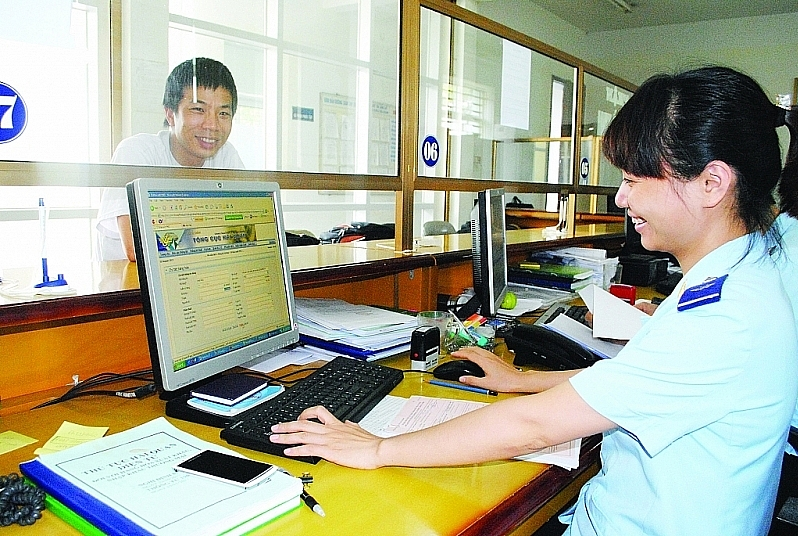 | Customs reforms tax management policy accompanies with enterprises The Covid-19 pandemic happened unexpectedly and spread globally, greatly impacting the production and business activities of importing and exporting goods of enterprises. To timely share ... |
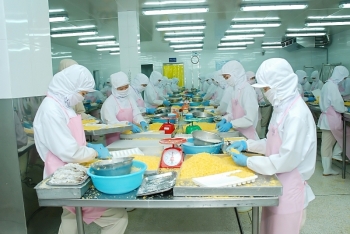 | Many Vietnamese enterprises are unable to export goods Among enterprises with export activities, up to 38.21% of enterprises said that their goods cannot be exported due to social distancing, job losses, income decline ... |
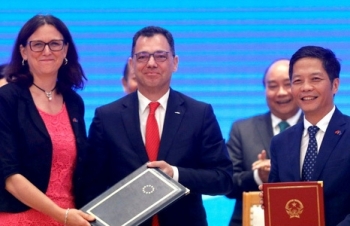 | Vietnam enterprises ready to take advantage of EU market under EVFTA Vietnamese enterprises’ awareness of EVFTA has been heightened significantly, and they have prepared to grab business opportunities and find a foothold in the supply chain. |

